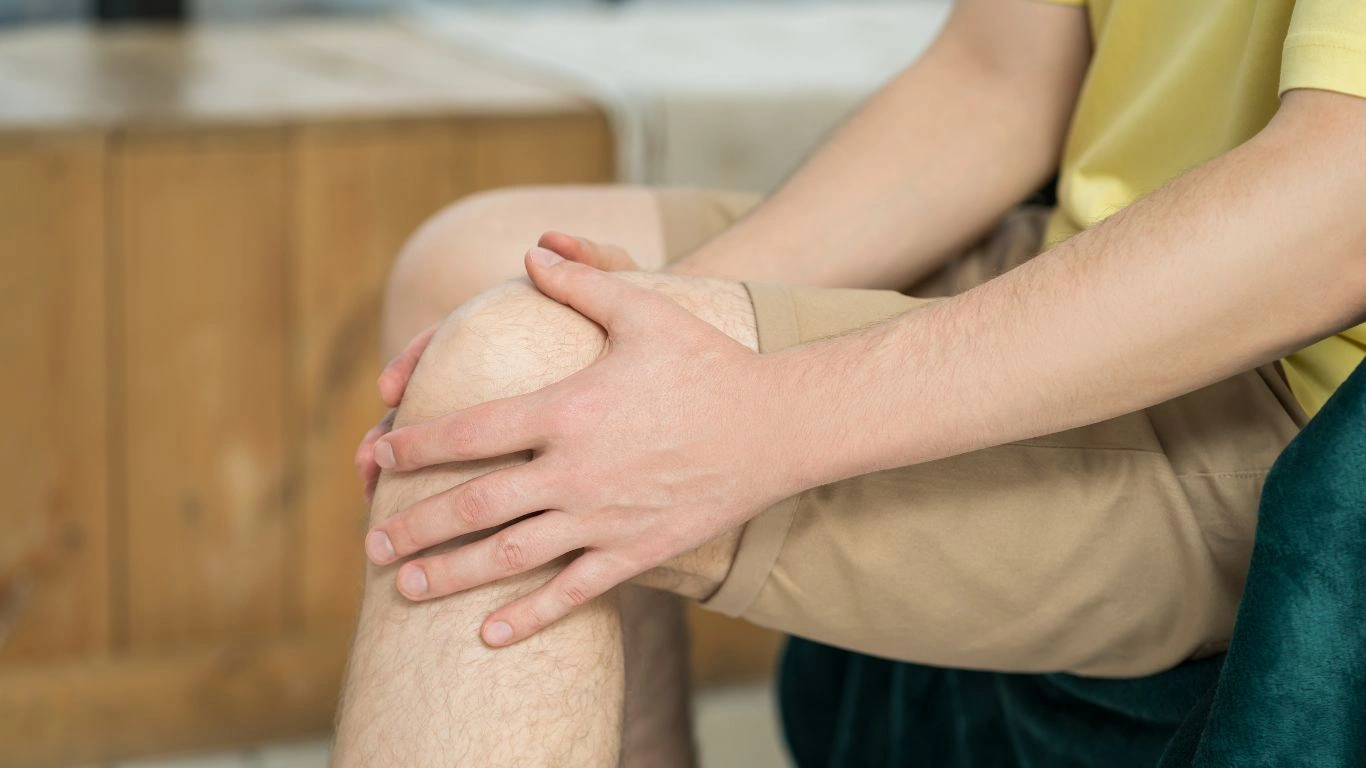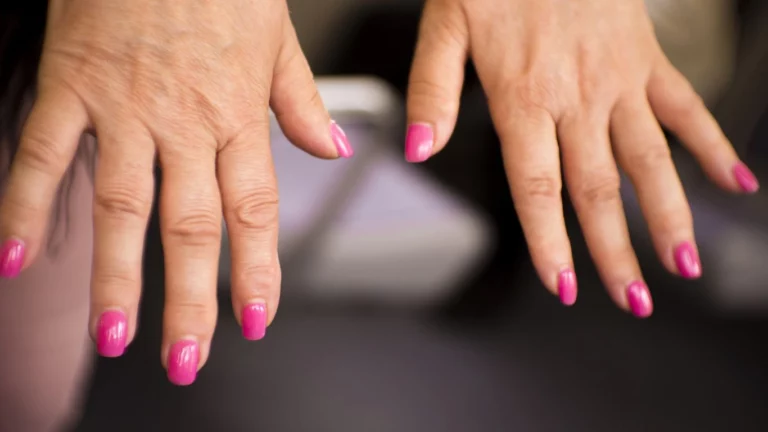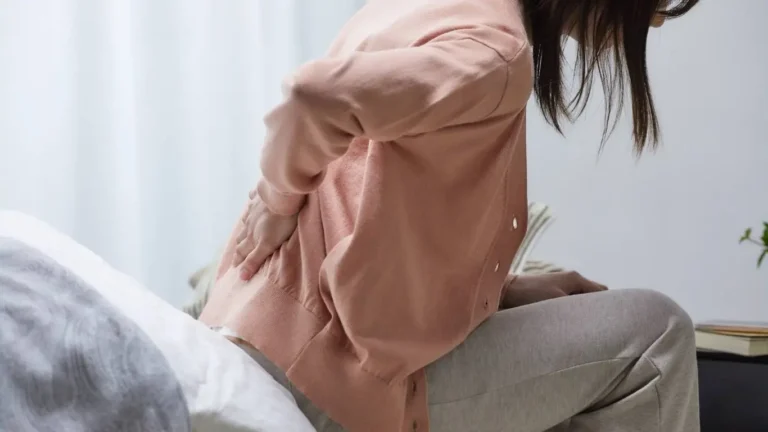Best Sleeping Positions for Rheumatoid Arthritis Pain That Actually Help
Let’s be real—rheumatoid arthritis (RA) pain can be downright brutal, especially when it comes to getting a good night’s sleep. As a rheumatology nurse practitioner, I’ve had countless patients tell me they dread bedtime more than rush hour traffic. If you’re someone struggling with finding the best sleeping positions for rheumatoid arthritis pain, you’re definitely not alone. RA has a sneaky way of flaring up just when you’re ready to unwind, and unfortunately, poor sleep often adds fuel to that painful fire. So let’s talk about the real deal when it comes to getting comfortable at night—and how the right sleeping position can actually make a noticeable difference.
Why Sleep Feels So Hard With RA

RA isn’t just about stiff joints during the day—it’s also a sleep saboteur. Inflammation and joint stiffness can make it tough to get into a comfortable position, let alone stay asleep. Add in the fact that your body uses sleep time to repair and restore itself, and you’ve got a perfect storm: poor sleep makes pain worse, and more pain makes sleep harder. Vicious cycle, right?
From what I’ve seen in my clinic, one of the most common complaints from RA patients is waking up multiple times a night due to pain in the hips, shoulders, or knees. And honestly, I’ve had evenings where I just couldn’t find that “sweet spot” myself. That’s why understanding which sleeping positions offer relief—and which might be doing more harm than good—is so important.
How Sleeping Position Impacts Joint Pain

First things first: no one-size-fits-all solution exists when it comes to sleep. But what I’ve noticed is that certain positions tend to reduce joint stress better than others. And yes, there are some that can actually worsen inflammation overnight, even if they feel comfy at first.
Sleeping on Your Back: Pros and Cons
Back sleeping can be a mixed bag for RA patients. On the plus side, it distributes your body weight evenly and takes pressure off your joints. But if you’ve got issues in your lower back, shoulders, or hips, it might not be ideal without the right pillow support. I often suggest placing a small pillow under the knees to keep the spine aligned and ease the tension.
Side Sleeping: A Favorite for a Reason
Side sleeping—particularly on your non-dominant side—tends to be the most popular position among my patients. It helps keep the spine aligned and can relieve pressure on the hips and knees. But you’ve got to support it right. A firm pillow between the knees can do wonders for hip alignment. I usually recommend using a full-body pillow for that extra bit of support—seriously, game changer!
Fetal Position: Cozy, But Cautious
This position can feel super comforting, especially during a flare. But curling up too tightly can stress the joints and limit deep breathing. If this is your go-to, try gently uncurling a bit and keep a pillow between your legs to maintain alignment.
What to Avoid: Stomach Sleeping
Honestly, stomach sleeping is a big nope for most people with RA. It can cause neck strain, increase pressure on the lower back, and aggravate sensitive joints. If you’re a lifelong stomach sleeper, I know it’s a tough habit to break—but your joints will thank you later. Some of my patients have found success gradually shifting to a side position with the help of strategically placed pillows.
Using Pillows Like a Pro
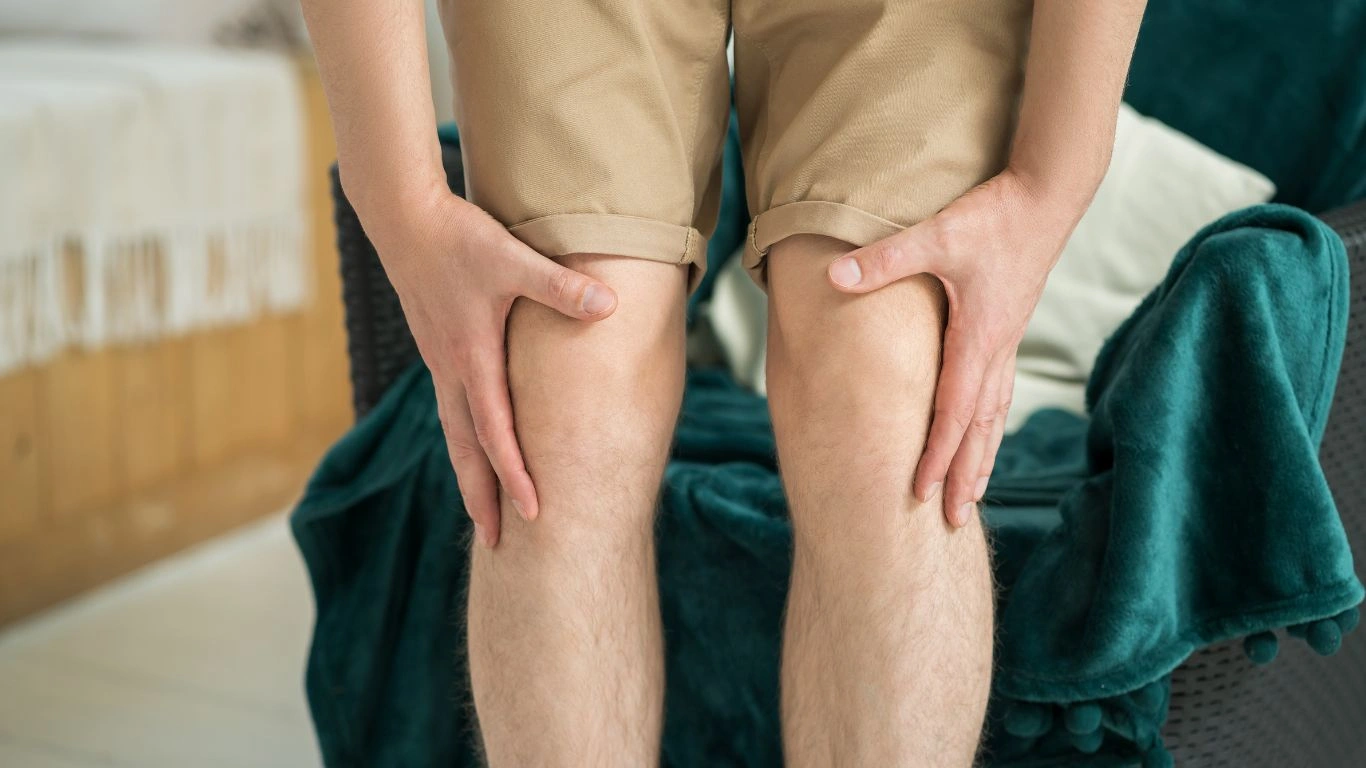
Let’s talk pillows—not all are created equal. Investing in the right kind can make a night-and-day difference (literally). Here’s how to get strategic:
- Knee pillows: Great for side sleepers to keep hips aligned.
- Neck support pillows: Help prevent neck and shoulder stiffness in the morning.
- Full-body pillows: Perfect for cradling joints and keeping you in a good position all night long.
One of my patients even uses a wedge pillow to elevate her upper body and reduce swelling in her hands. It’s all about experimenting and figuring out what helps you wake up feeling more human and less like a bag of cement.
Signs Your Sleep Setup Needs a Change
If you’re waking up more exhausted than when you went to bed, it’s probably time to reassess your sleep setup. These are the telltale signs I usually look for:
- Morning stiffness that lasts longer than 30 minutes
- Frequent tossing and turning during the night
- Numbness or tingling in hands or feet
- Increased joint swelling or pain upon waking
None of these should be considered “just part of having RA.” Sleep quality matters more than you think, and trust me, making a few tweaks to your position and support setup can really help.
Little Lifestyle Tweaks That Help More Than You Think

Okay, so we’ve covered the best sleeping positions for rheumatoid arthritis pain, but let’s not stop there. In my experience, what you do *before* your head hits the pillow plays a big role in how you sleep through the night. A lot of my patients are surprised when I suggest tweaking their nighttime routine—but after trying it, many swear they’ll never go back.
Personally, I’ve found that winding down with a warm compress on sore joints can do wonders. It relaxes the muscles around inflamed joints, making it easier to settle into bed without that sharp, nagging discomfort. You might also want to try gentle stretching or a bit of restorative yoga. Nothing intense—just enough to loosen things up before sleep.
- Try a magnesium soak: Epsom salt baths can reduce muscle tension and calm the nervous system. I usually take one about an hour before bed—it’s my little escape ritual.
- Avoid heavy meals late at night: This isn’t just good for digestion; it also helps reduce inflammation during sleep.
- Stick to a sleep schedule: Going to bed and waking up at the same time every day keeps your internal clock on point.
All of these things may sound small on their own, but combined with the right sleeping position, they can really add up.
Mattress Matters: What’s Under You Counts

We can’t talk about sleep and joint pain without talking mattresses. I mean, if you’re still sleeping on that 10-year-old saggy mattress, it’s probably not doing your joints any favors. I’ve had people come into the clinic swearing their pain was worsening—only to realize their mattress was the culprit.
Here’s what I usually recommend:
- Medium-firm support: Not too hard, not too soft. You want something that supports the spine while still allowing enough cushion for your hips and shoulders.
- Memory foam or hybrid mattresses: These contour to your body and relieve pressure points—which is super helpful when joints are tender.
- Adjustable beds: If you’re dealing with severe flares, being able to elevate your legs or upper body can help ease discomfort without a pile of pillows.
I actually upgraded to a hybrid mattress last year, and it was a total game-changer. One of my patients described the switch as “like sleeping on a supportive cloud”—and honestly, that’s pretty accurate.
Temperature and Joint Pain: The Sleep Saboteur
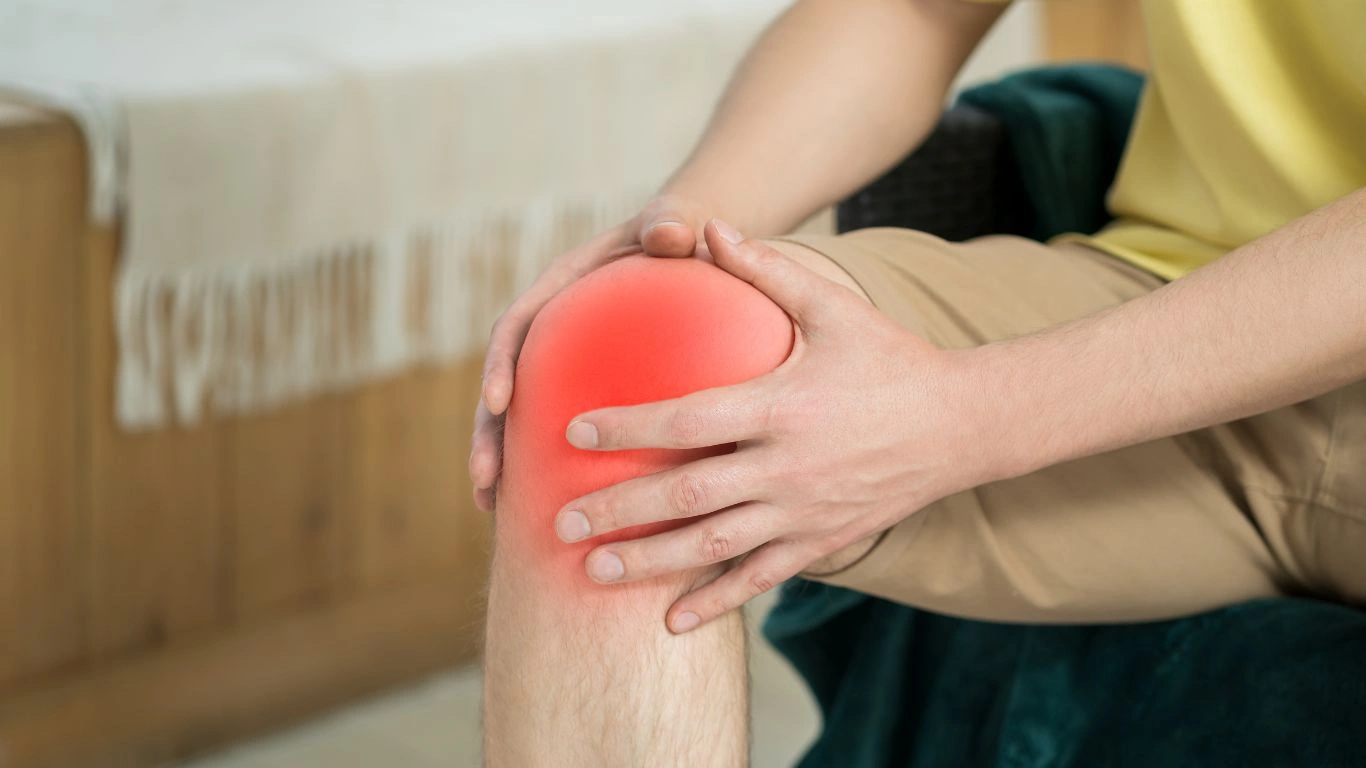
Ever noticed your joints ache more when it’s cold? You’re not imagining it. Temperature plays a huge role in how our joints feel, especially at night. RA pain tends to worsen with cold, damp weather—something I’ve seen time and again in my practice (and felt myself during those chilly Midwest winters!).
Warmth is your friend
Keep your bedroom cozy but not too hot—around 68 to 72 degrees Fahrenheit is usually the sweet spot. An electric blanket or heated mattress pad can work wonders, especially on extra achy nights. Just make sure to set a timer so you’re not overheating by 3 a.m.
Layer up the smart way
Instead of one heavy comforter, use multiple lighter layers. That way, you can adjust your bedding easily throughout the night if your temperature fluctuates (a common issue with inflammation-related sleep problems).
One tip I give my patients: keep a pair of warm socks by the bed. Cold feet can actually cause the whole body to tense up—another way RA pain sneaks in and ruins your rest.
Sleep Aids and Supplements (When You Need a Little Help)
Let’s be honest, sometimes even with the perfect setup, RA flares can leave you tossing and turning. While I always push for natural approaches first, there are times when sleep aids or supplements can give you that nudge into dreamland.
- Melatonin: A gentle, non-habit-forming option that’s helped many of my patients regulate their sleep cycles.
- Magnesium glycinate: Supports relaxation and muscle recovery—plus it’s easy on the stomach.
- CBD oil or topical creams: Still a hot topic in rheumatology, but some folks report big improvements in both pain and sleep quality.
That said, always check with your provider before adding anything new to your routine—especially since RA meds can sometimes interact with supplements. I’ve had patients mention they were taking something they read about online, and it turned out to clash with their DMARDs. Don’t play guessing games with your health—it’s always better to ask.
Real Talk: Tracking What Actually Works
Here’s something I often tell my patients: keep a sleep journal. I know it sounds like one more thing to do, but it seriously helps you figure out patterns. Just jot down what time you went to bed, what position you fell asleep in, what (if anything) you took to help you sleep, and how you felt the next morning. Over time, you’ll start to see what’s working—and what needs adjusting.
One of my patients actually discovered her flares were worse after sleeping on her right side, which was her dominant arm. Swapping to the left helped her sleep better and reduced her morning swelling. Sometimes it’s these small changes that make the biggest difference.
When to Talk to Your Rheumatologist About Sleep
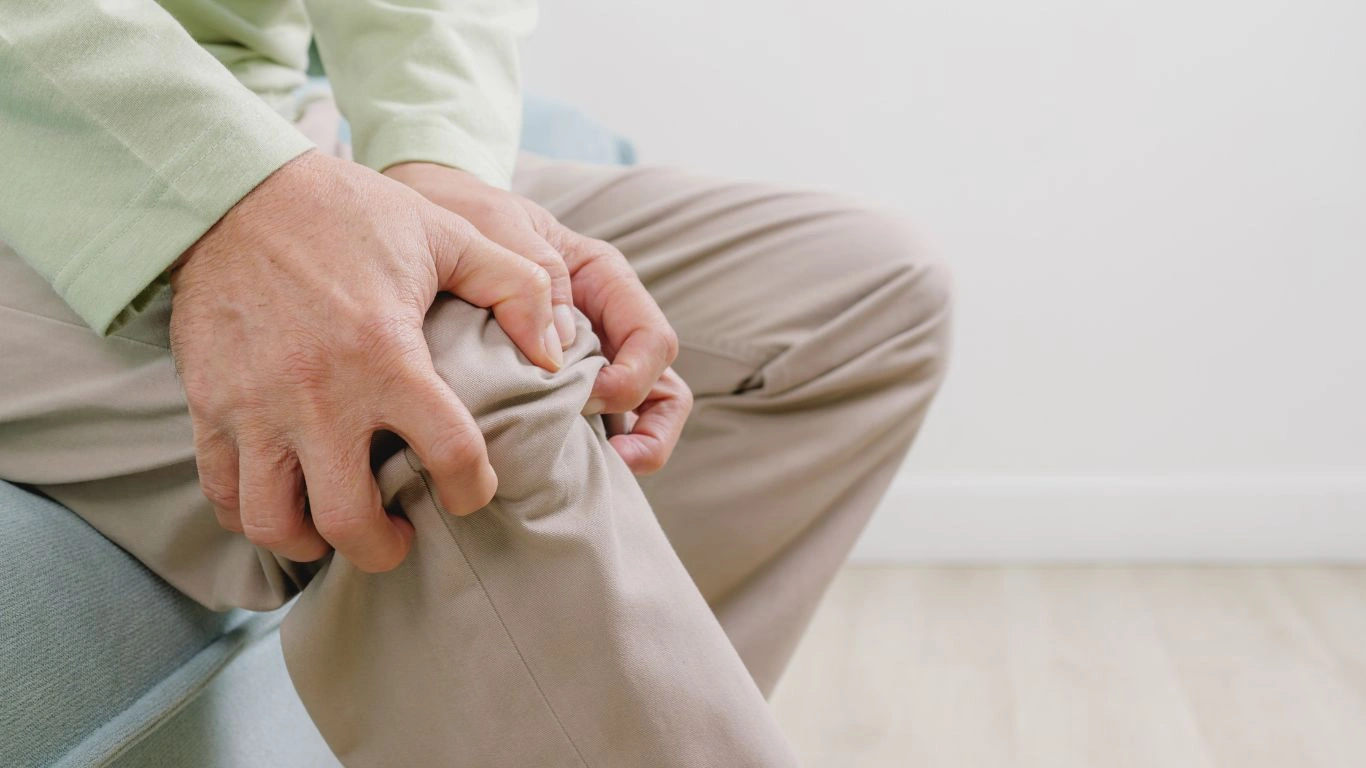
Now, if you’ve tried different positions, adjusted your setup, maybe even tracked your patterns, and you’re still struggling to sleep—don’t tough it out in silence. Seriously. One thing I’ve learned over the years as a rheumatology nurse practitioner is that patients often wait too long to bring up sleep problems. They assume it’s just “part of having RA,” but chronic sleep disruption isn’t something to brush off.
Here’s when it’s time to loop in your provider:
- You’re waking up in pain every single night despite trying different sleeping positions or supports
- You feel excessively tired during the day, which starts affecting your work or mood
- You’re noticing your RA flares are more frequent or harder to bounce back from
- Any new numbness, tingling, or stiffness that doesn’t improve with your usual routine
I’ve had patients come in just to talk about fatigue, and it opened the door to some important changes in their treatment plans. Sometimes, a medication adjustment, physical therapy referral, or even a short-term sleep aid can help break the cycle.
Creating Your Own “RA Sleep Sanctuary”

Let’s bring it all together. You’ve probably gathered by now that the best sleeping positions for rheumatoid arthritis pain are just one piece of the puzzle. Sleep isn’t just about the position you lie in—it’s about the whole vibe of your sleep environment. I call it building your “RA sleep sanctuary.”
Here’s a checklist that I give many of my patients (and yes, I use it for myself too):
- Invest in your bed: A supportive mattress, layered bedding, and ergonomic pillows are essentials, not luxuries.
- Set the mood: Use soft lighting in the evening, keep screens out of the bedroom, and consider a white noise machine if outside sounds are disruptive.
- Wind down mindfully: Try breathing exercises, gentle stretches, or reading something relaxing before bed. Avoid doom-scrolling at all costs—it only winds up the brain and body.
- Control your environment: Keep the room cool but cozy. A humidifier can help during dry winter months if your joints feel extra stiff.
This isn’t about perfection—it’s about creating a space that helps your body feel safe, supported, and ready to rest. It’s something you build gradually, and honestly, it becomes such a comfort once you find what works.
Stories from the RA Community
I could go on and on about clinical advice, but sometimes the most powerful tips come from real people living with RA every day. Here are a few nuggets from my own patients that I think are worth sharing:
- “I sleep on my left side with a pregnancy pillow—even though I’m not pregnant. It cradles my knees and shoulders and helps me stay still through the night.”
- “I have a heating pad with a timer under my back. It warms me up just enough without overheating.”
- “I gave up caffeine after 2 p.m., and my joints actually feel less achy by bedtime.”
- “Switching to a weighted blanket gave me deeper sleep, and I toss less.”
These small changes—while they may seem quirky—are based on real trial and error. That’s the thing about managing RA: it’s deeply personal. But hearing what’s worked for others can inspire new ideas to try for yourself.
Final Thoughts: Sleep Is Not a Luxury—It’s Part of Your Treatment
If there’s one message I hope you take from this, it’s this: quality sleep isn’t a bonus. It’s a non-negotiable part of managing RA. The best sleeping positions for rheumatoid arthritis pain are important, yes—but they’re part of a much bigger picture. Your rest time is when your body heals, resets, and preps to take on the next day.
So be gentle with yourself. Experiment. Give your body what it needs to feel supported through the night. And if you ever feel stuck, reach out to your care team. There’s always something more we can do—together.
References
- https://www.rheumatology.org/
- https://www.sleepfoundation.org/
- https://www.arthritis.org/
- https://www.gastro.org/
Disclaimer: This content is based on both clinical knowledge and personal experience as a rheumatology nurse practitioner. It is for informational purposes only and is not a substitute for professional medical advice, diagnosis, or treatment. Always consult your healthcare provider with questions regarding any medical condition or treatment plan.

Tarra Nugroho is a dedicated Nurse Practitioner with a strong foundation in family and preventive care. She brings both compassion and clinical expertise to her practice, focusing on patient-centered care and health education. As a contributor to Healthusias.com, Tarra translates medical knowledge into clear, empowering articles on topics like women’s health, chronic disease management, and lifestyle medicine. Her mission is simple: help people feel seen, heard, and informed—both in the clinic and through the content she creates. When she’s not caring for patients, Tarra enjoys weekend hikes, plant-based cooking, and curling up with a good health podcast.
